The Holocaust Museum in Jerusalem, officially known as Yad Vashem, is a solemn and powerful institution dedicated to commemorating the six million Jewish victims of the Holocaust. As a world-renowned memorial and educational center, Yad Vashem serves as a poignant reminder of one of the darkest chapters in human history. In this post, we embark on a virtual tour of the Holocaust Museum in Jerusalem, exploring its significance, exhibits, and the emotional journey of remembrance and reflection it offers to visitors.
Things to See in the Holocaust Museum
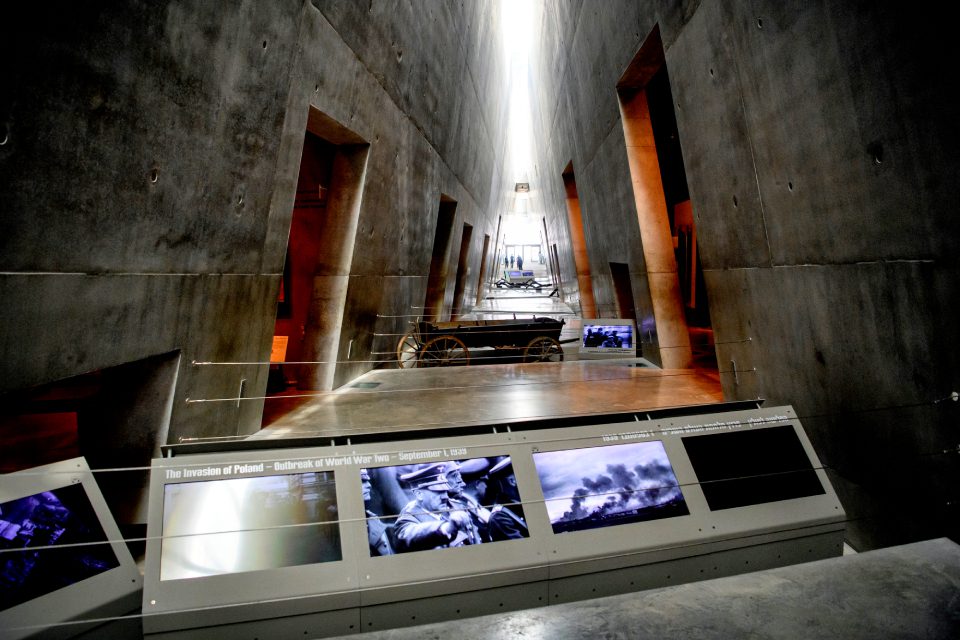
Holocaust Museum Tour: Yad Vashem was established in 1953 with a mission to preserve the memory of the Holocaust and to honor the victims and survivors. Its core purpose is to educate future generations about the atrocities of the Holocaust, ensuring that such a tragedy never occurs again.
The Architecture and Layout:
Situated on the western slope of Mount Herzl, Yad Vashem’s architecture and layout are carefully designed to evoke a sense of solemnity and reverence. The museum’s complex includes the Holocaust History Museum, Children’s Memorial, Hall of Remembrance, and the Avenue of the Righteous Among the Nations.
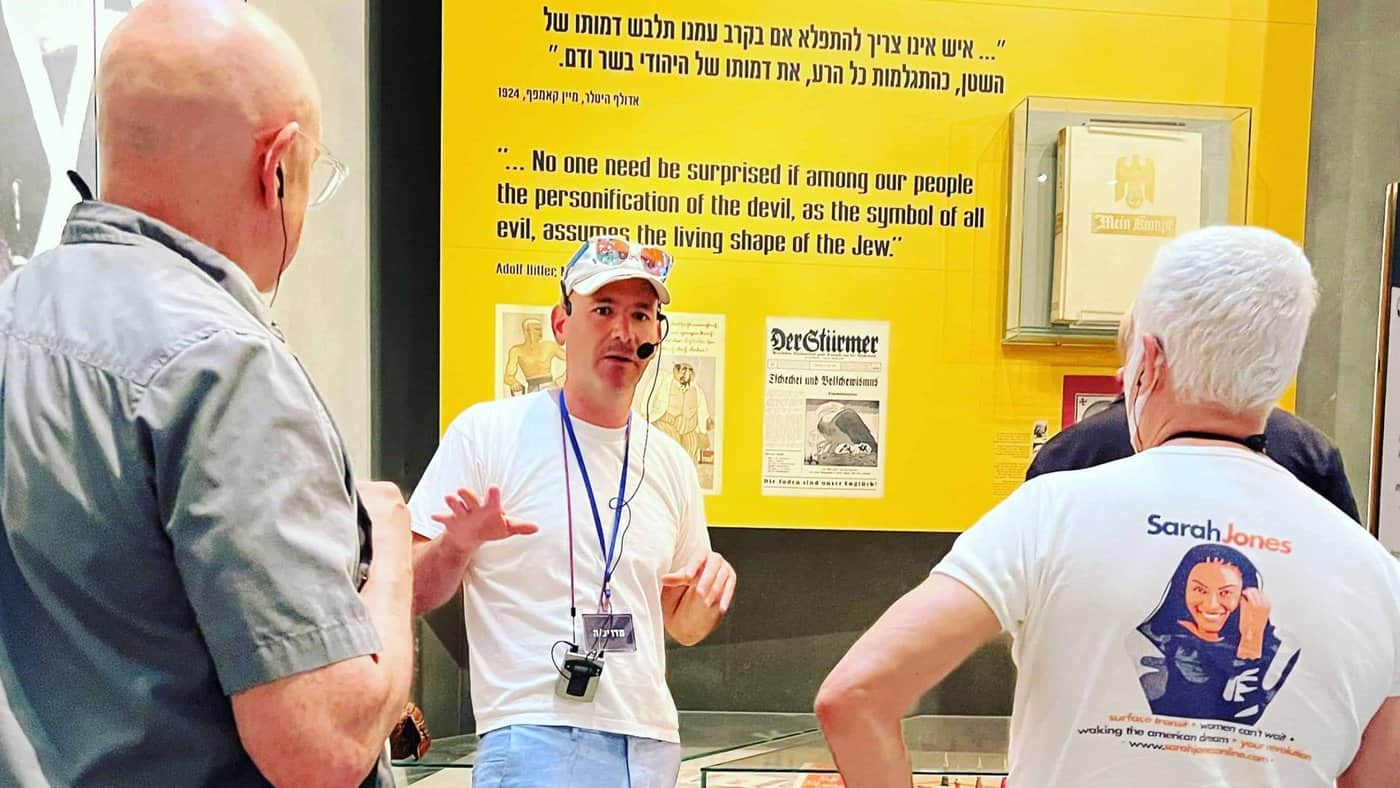
The Holocaust History Museum:
The museum’s main exhibition, the Holocaust History Museum, takes visitors on an emotional and educational journey through the Holocaust. Through a combination of historical artifacts, personal testimonies, multimedia presentations, and immersive exhibits, visitors gain a deeper understanding of the horrors experienced by the Jewish people and other victims of the Holocaust.
Holocaust Museum Tour: The Hall of Names
One of the most poignant spaces in Yad Vashem is the Hall of Names, where a vast collection of Pages of Testimony documenting the names and stories of Holocaust victims is preserved. This moving tribute ensures that each victim is remembered as an individual, not merely a statistic.
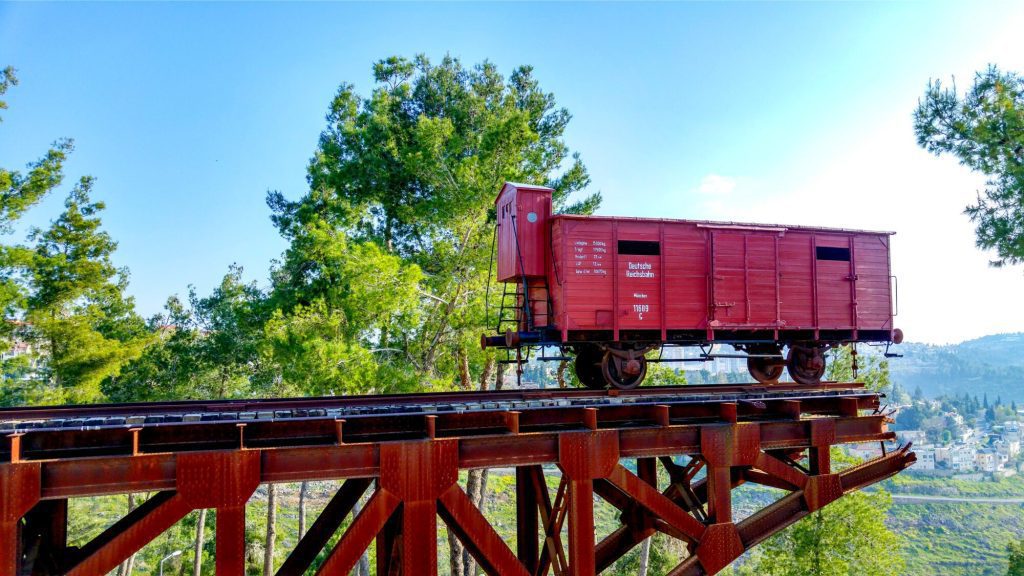
Holocaust Museum Tour: The Children’s Memorial
The Children’s Memorial is a beautiful tribute to the approximately 1.5 million Jewish children who perished during the Holocaust. The darkened space is illuminated by the reflections of thousands of candles, each representing a young life lost too soon.

The Avenue of the Righteous Among the Nations:
So as a beacon of hope amidst the darkness, Yad Vashem honors non-Jewish individuals who risked their lives to save Jews during the Holocaust. Furthermore, the Avenue of the Righteous Among the Nations pays tribute to these heroes and their acts of courage.
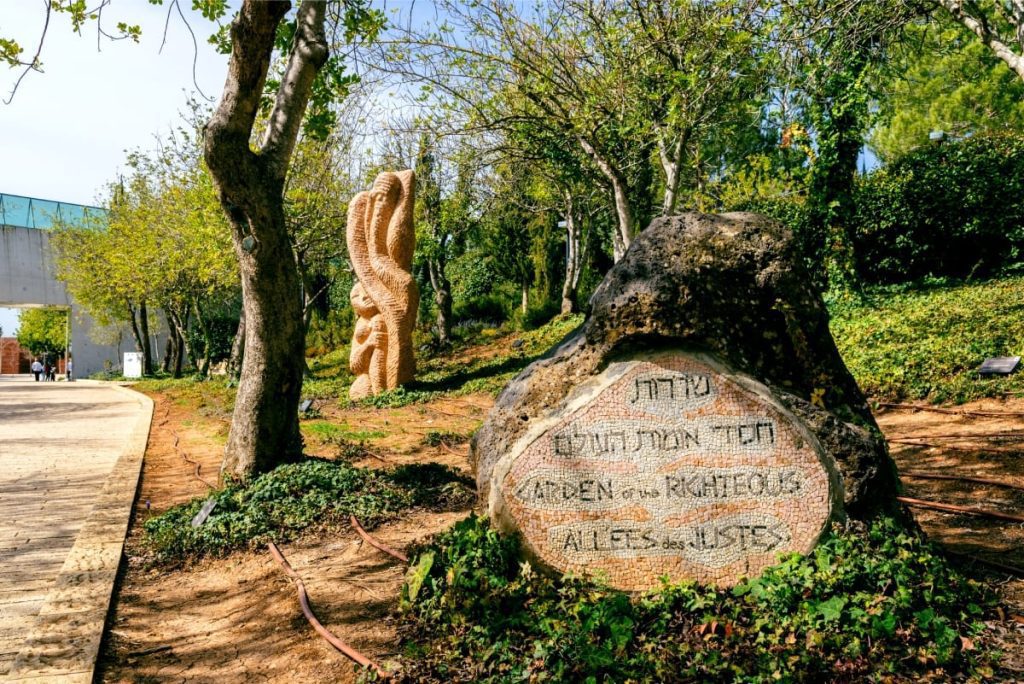
Holocaust Museum Tour: The Impact on Visitors
A tour of Yad Vashem is a deeply emotional and thought-provoking experience. It challenges visitors to confront the horrors of the Holocaust while promoting the values of tolerance, compassion, and human dignity.
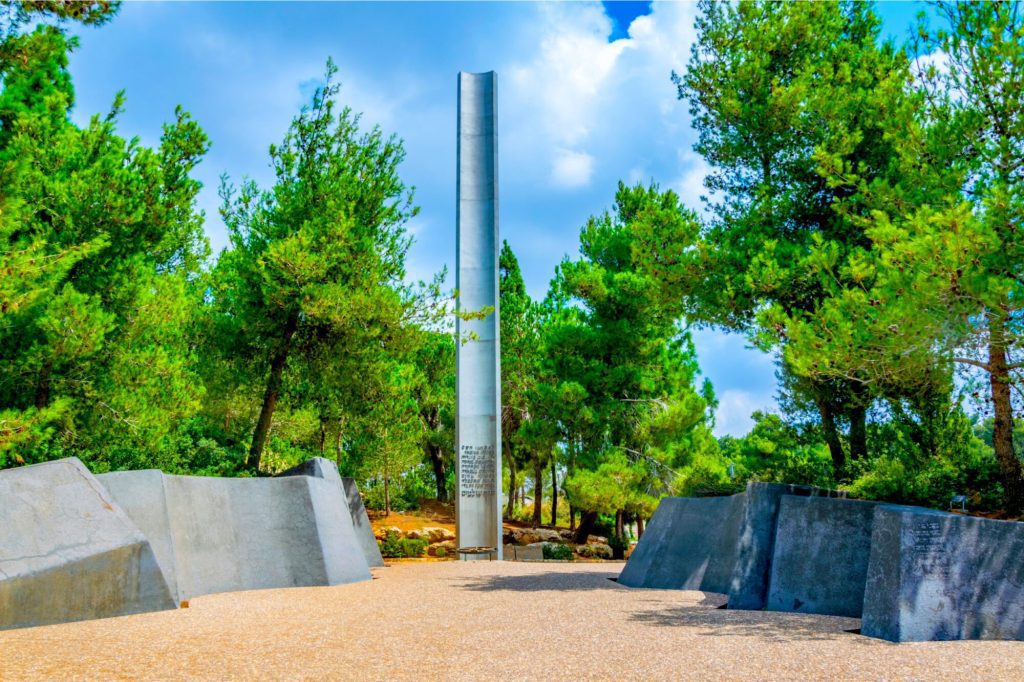
Conclusion
Last, touring the Holocaust Museum in Jerusalem is a journey of remembrance and reflection that leaves an indelible mark on the hearts and minds of visitors. Furthermore, through its powerful exhibits and tributes to the victims and heroes, Yad Vashem serves as a solemn reminder of the atrocities of the Holocaust and the importance of preserving its memory. So, as we walk through its halls, we are reminded of the enduring responsibility to ensure that the lessons of the past are never forgotten and that the commitment to human rights and tolerance prevails in shaping a better future for all.







